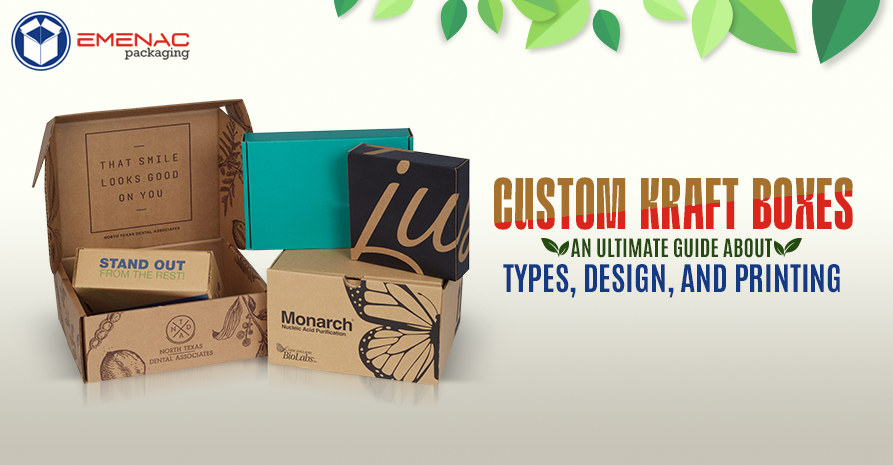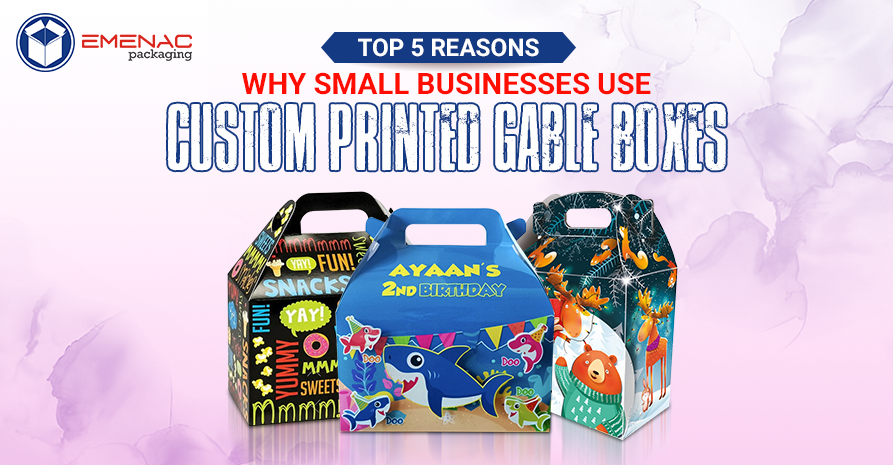What to Do & What Not to Do in Gold & Silver Stamp Foiling?

Have you ever wondered what foil is best for giving your packaging a beautiful shine? Well, gold & silver stamp foiling is the answer. But it’s not only about the foiling choice, as there are some factors to consider and avoid when choosing between both for your luxurious custom packaging boxes.
Undoubtedly, stamp foiling shine draws attention and gives your labels or logos a premium and sophisticated touch. In this blog post, we are going to share the dos and don'ts of silver and gold stamp foiling. Let’s get into the details.
What is Gold & Silver Stamp Foiling?
Before getting into details of dos and don’ts, you should know what stamp foiling is, what foiling types are, and how effectively they can be used for the packaging of different types of items.
What is Foiling?
Foiling is a trending printing technique in which a thin metallic foiling layer is impressed on any kind of packaging material.
What is Stamp Gold & Silver Foiling?
In stamp foiling, pressure and heat are applied to metallic foil, whether it’s gold or silver, to give content a luxurious touch. It is most commonly used to highlight brand logos and special text. Indeed, stamp foiling is the best way to give your packaging an extra luxurious touch.
Here are 4 dos and don’ts of incorporating stamp foiling into your brand packaging boxes or labels.
Dos
Choose Wisely:
It’s the very first and most important step you should not ignore at any cost. While choosing, go for the right foil type and colour while keeping in mind some things like:
- Brand theme
- Messaging
- Packaging aesthetics
Decide which foil looks best and get the attention of your target audience towards product packaging.
Minimalism:
Minimalism is not only about doing incomplete work but also about making your brand packaging different from others through minimalism. Customize the design, use clear text, and choose themed colors that perfectly match with foiling. Don’t overdo it for enhanced elegance and minimalism.
Do Experiments:
Doing experiments is a key to opting for suitable and likable designs. Use stamp foiling to highlight special elements, create borders, and cover edges or corners. From custom gift box packaging to occasional packaging, do different experiments to see which works well for your brand packaging.
Packaging Material Matters:
In the charming look, the paper packaging material you choose matters a lot. The smooth and heavyweight paper, like rigid paper, holds the stamp foiling well and avoids tearing issues. Do not use heavily textured coloured packaging materials
Don’ts
Avoid Using Thin Fonts:
Thin fonts create a mess in readability issues. Consider the overall packaging design and highlight the special elements or aspects of packaging by keeping it bold. Also, don’t choose too thick that cannot fit best on your packaging surface. Maintain a proper balance between thick and thin.
Don’t Overdo Your Design:
Don’t mess with design and text by overdoing it. Choose the right size and style of packaging which allows ample space for foil stamping and design side by side. If you want to optimise the space for logos or text, use relevant and compact-size images.
Go Creative:
Create something unique and creative to come up with extraordinary designs that will be liked by your customers. Just think beyond logo or text and choose foil to make your business flyers, cards, and other marketing materials stand out.
Do not use Thin Paper:
Sturdy paper is the best option for both gold and silver stamp foiling, as it can easily withstand the pressure and heat of stamp foiling. Do not use paperboard or thin kraft paper, as they can cause tearing issues on the box’s surface.
Ending Thoughts!
You can make your packaging ordinary to extraordinary with gold & silver stamp foiling. Undeniably, the metallic shine comes with a luxurious touch to custom-printed packaging boxes. Hopefully, this blog post has guided you on what to do and what not to do when incorporating any metallic finish on your brand packaging. It helps you choose the best color, type, paper, typography, and minimalist design to suit your brand packaging. Plus, you got an idea of what to avoid for better results.
Share This What Makes Custom Packaging Boxes so Beneficial for your Product?
What Makes Custom Packaging Boxes so Beneficial for your Product?
 How Window Soap Boxes are Valuable for Your Brand Success?
How Window Soap Boxes are Valuable for Your Brand Success?
 Matt Vs Gloss Lamination: Which One Is Better For Packaging
Matt Vs Gloss Lamination: Which One Is Better For Packaging
 Custom Kraft Packaging Boxes: An Ultimate Guide about Types, Design, and Printing
Custom Kraft Packaging Boxes: An Ultimate Guide about Types, Design, and Printing
 Top 5 Reasons Why Small Businesses Use Custom Printed Gable Boxes
Top 5 Reasons Why Small Businesses Use Custom Printed Gable Boxes
